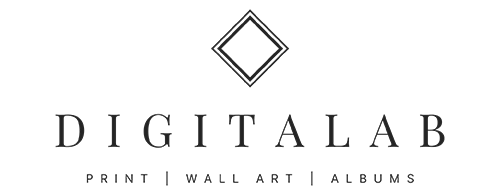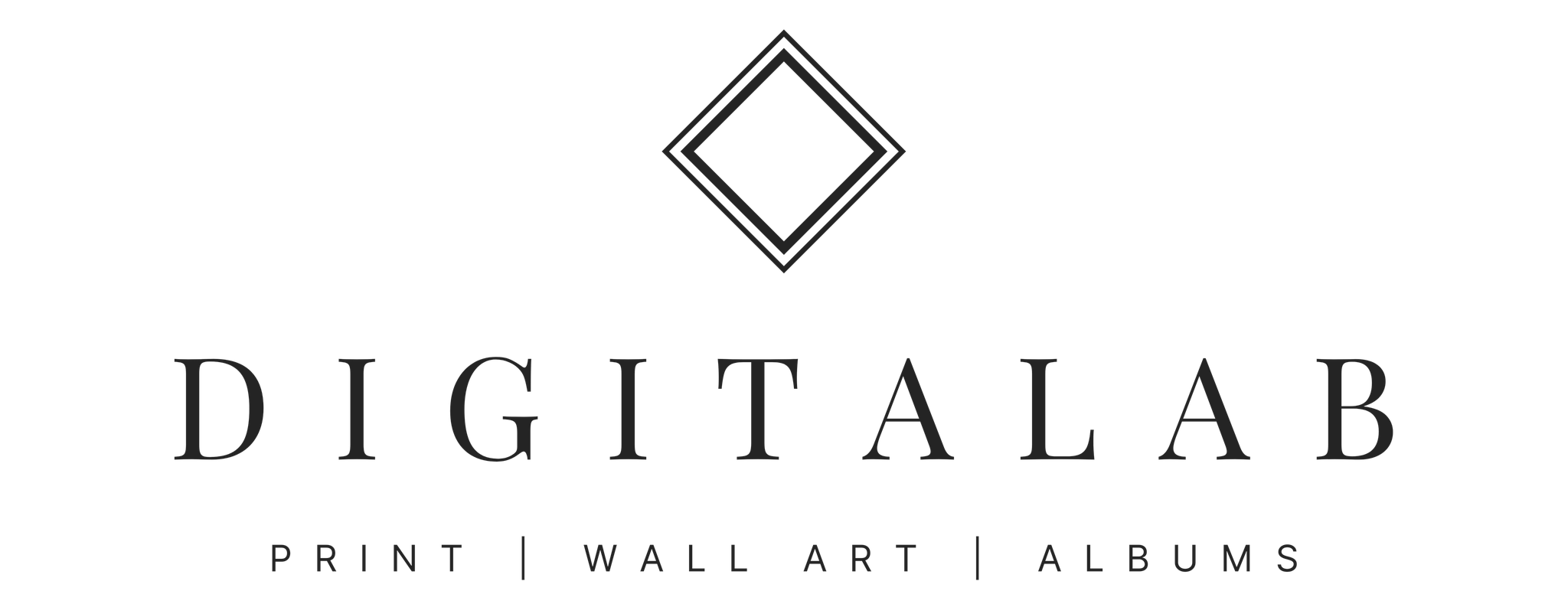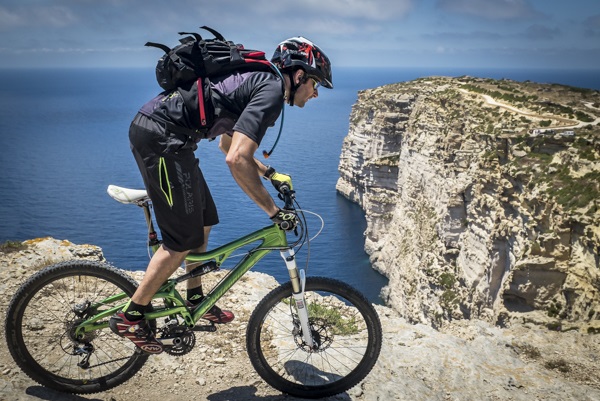Photographic Tech: Chris Davies
At Digitalab, we’re a bunch of photography fanatics and can’t resist an opportunity to nerd out. That’s why we’ve decided to talk to our favourite photographers about one thing we’ve definitely got in common – and that’s professional photography. This time we’ll be getting down to the technicals, and we’ve asked travel and sports photographer Chris Davies for a look inside his photographic toolkit – to figure out just how he finds his perfect shot.
What’s your camera of choice?
Difficult, I love all my cameras. The Canon 5d mk3 is my number one as it’s the money maker, the autofocus is out of this world and its image quality even at really high ISO is awesome. But my 7d is great for events where I need a high shooting frame rate. I’ve recently picked up a Fuji x100s for traveling and recce shoots but its 35mm equivalent lens at f/2… wow! It’s the perfect documentary camera. Did I mention my ONDU wooden pin hole camera?
Honestly though, it’s not about the gear – the most important thing is being able to take a good picture with whatever camera you have to hand. You need to know the limitations of whatever you are using but you don’t have to have the best gear to take a great shot.
Which photographic gadgets couldn’t you live without? And are there any you regret ever buying?
I’m not really a camera gadget person. Good photography doesn’t need gadgets, you just need to learn your equipment. The basics will be good bodies and great lenses. Flashes are useful in action photography and with them come wireless triggers. I use the in house canon system with an ST-E3-RT transmitter, which allows me to remotely control the 600ex-rt flashes. The closest I come to a gadget would be my pack, I use a Dakine Reload. It’s sectioned really well so I can safely store all my kit but access it easily, and it looks like a hiking rucksack so I don’t look like a photographer when I’m out and about – useful for security.
What’s your go-to lens, and why?
Probably the Canon 24-70 f2.8. It’s so versatile. Sure, I use a wide 16-35 for big landscapes, a 70-200 for getting in tight and a dreamy 50mm f1.2 for killer portraits, but the 24-70 allows me to adapt quickly and get a different view of the same shot so quickly. I’d highly recommend it as a first step into professional lenses for anyone building up their kit.
You’re in the field – what are your settings?
Aperture priority. When I’m shooting commercially, for a catalog for instance, I need to showcase the kit and you do this by separating the rider from the background. Dial in a big aperture, f/2.8, and you’ll do this with a lovely soft blur behind. A roll of the dial back to f/8 and you’re in the safety zone of shooting with most of the picture in focus, perfect for a wider shot of an athlete set in a stunning landscape.
Which gear do you never travel without?
All of it! My kit bag will have both bodies, the 5d3 and 7d, and the Fuji x100s. Four lenses (16-35, 24-70, 50, 70-200), two flashes, remote trigger, filters, spare batteries, memory cards, cleaning cloth, drinks and snacks. Sometimes I’ll have a carbon fibre tripod! On a magazine shoot, you just don’t know what is going to unfold and you need to have everything for every situation.
All of this goes in my pack which I ride with… thankfully I’ve got a really good sports masseuse!
What software or tools do you use post-processing?
Adobe Lightroom has been a revelation for me. It’s awesome for cataloging, keywording, processing and uploading to my Smugmug website or social media. I’ve been using it for about three years now and using it day-in, day-out you really become proficient with it. It works seamlessly with Photoshop, which is useful, but on most of my work I find the develop module in Lightroom enough.
I’ve used Smugmug for my website solution for a while now. For me, their solution offers me the most cost effective way to have an awesome site, designed and built by myself, with functionality such as unlimited uploads, print sales options, and backups. I can have hidden galleries with passwords, meaning I can upload images for clients and they can preview them online and download full resolution files. It’s important to me to have a workflow all the way to the client – the easier it is, the more time I can spend shooting.
Which professional photographers inspire or influence your work?
I have a mix of inspirations. Growing up I was always inspired by Steve McCurry, the photojournalist. It’s cliche that a picture speaks a thousand words, but Steve’s work does exactly that – the pictures need no explanation. More recently, I’ve been following a guy from Vancouver, Jordan Manley, and he’s a huge inspiration for what I do. He’s so passionate about nature and the environment, and this comes through in his photos and videos, even though they might be a cover of a skier or a mountain biker on a trail. Jordan’s helped me on a few things but we’re yet to meet. I look forward to sharing a beer with him one day.
Finally Kevin Winzeler, a commercial photographer from Utah. Kevin produces behind the scenes videos on his Youtube channel and, for any photographer learning the skills, I really recommend checking them out. I like it when photographers share their skills and help others – it’s important to give back.
How do you improve your photography skills?
As one of the previous featured photographers mentioned, study. Watch videos, read books, look at pictures and work out how they were taken. Appreciate light, learn flash, but above all just get out and shoot. I like to challenge myself – take on jobs that take you out of your comfort zone or do a thirty day project with a theme. Shoot a wedding – there’s no pressure like it and you’ll learn faster than anything how to get round the buttons on your camera.
What’s some advice you’d give to a first-timer that you wish you had known starting out?
Not necessarilyy one that I wish I knew, because I had some great advice when I started out, but never, ever shoot for free. Always make sure there’s something in it for you. It’s not always money – it might be to further your portfolio, the experience of working with a pro, gear, beer etc but shooting just for an image credit or to get your name in a magazine is never worth it. You won’t put your all into it and you sure as hell make it a messy market to work in. It’s really hard to start charging if you’ve done things in the past for free.
Also, learn how to write an email. This one is something I was lucky to get some help with and I’m happy to share. Describe who you are, what you do and what you are passionate about. Be concise about your pitch/project and be sure to include what is unique about it. Finally, let your work sell you by including references to anything current that really stands out.
Chris Davies is a travel and adventure sport photographer working for brands including Polaris Bikewear, Kali Protectives and Smugmug. His images are found in some of the most stunning mountain bike and adventure magazines. He’s very active on social media and you can find links to his accounts on his homepage chrisdaviesphotography.com.


